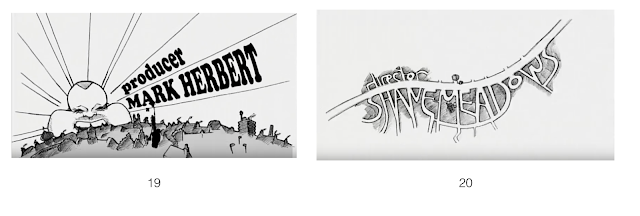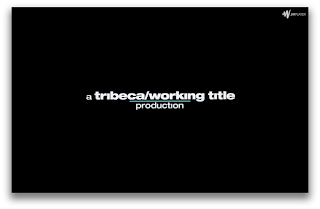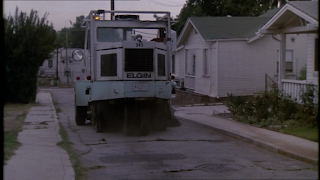Mad max film opening
In the film opening, it focusing on the intimacy of the protagonist. This is something that in my film opening I want to follow, it provides great effect and engages the audience. The cinematography would be difficult to replicate as it is done to high quality however we can , however the intimacy of the main character (protagonist) is definitely something I'd want to follow. Overall the film opening is a great representation of an action film, and helped me to devise my idea.

























































